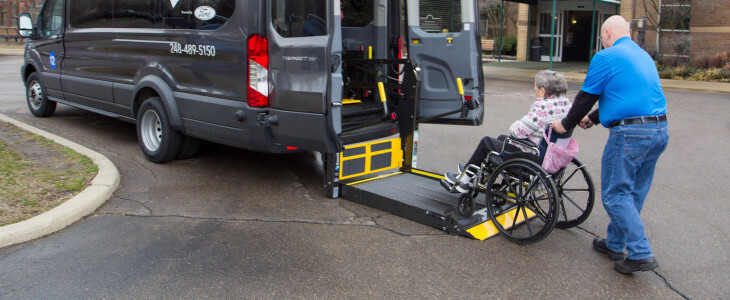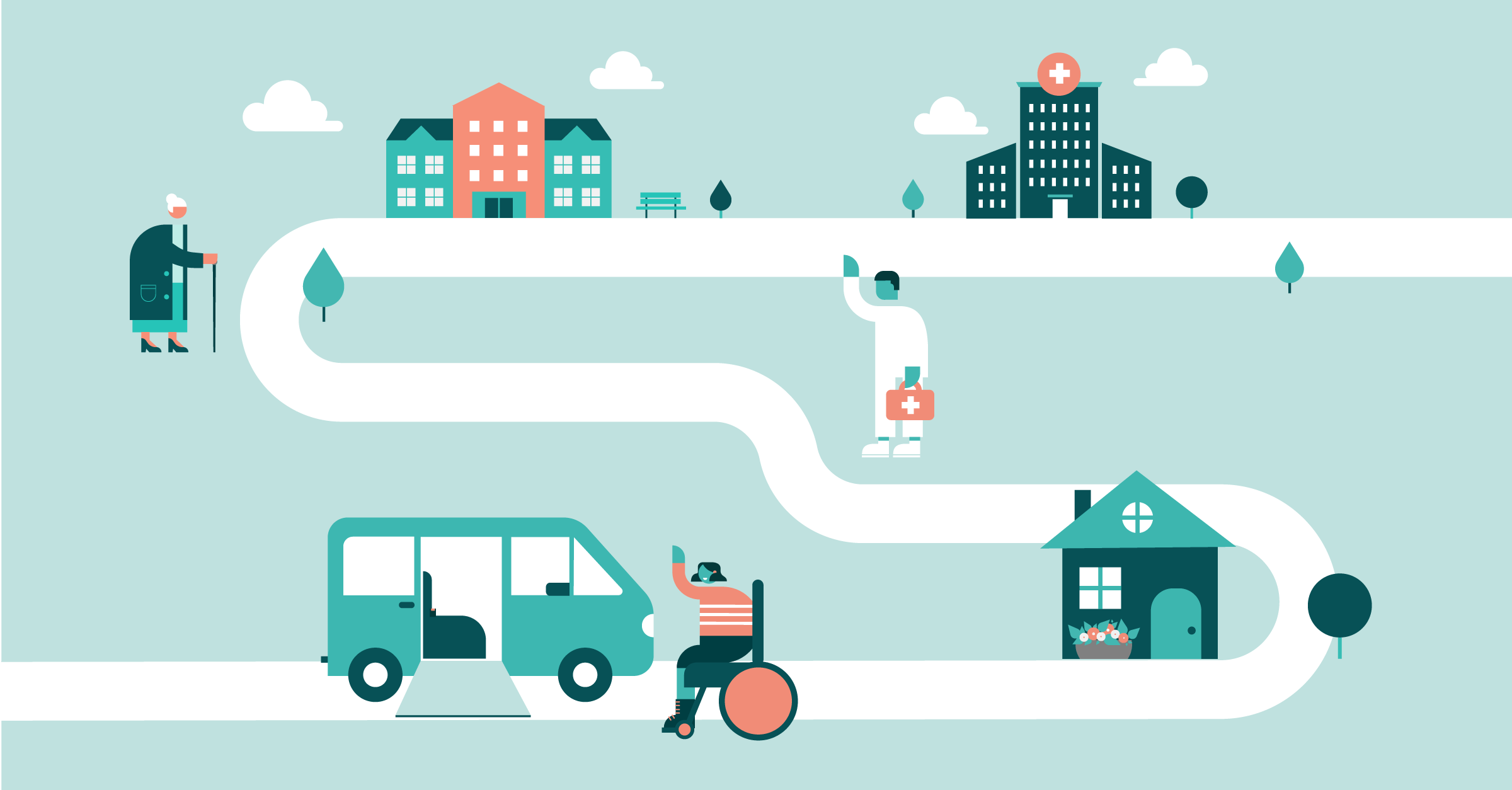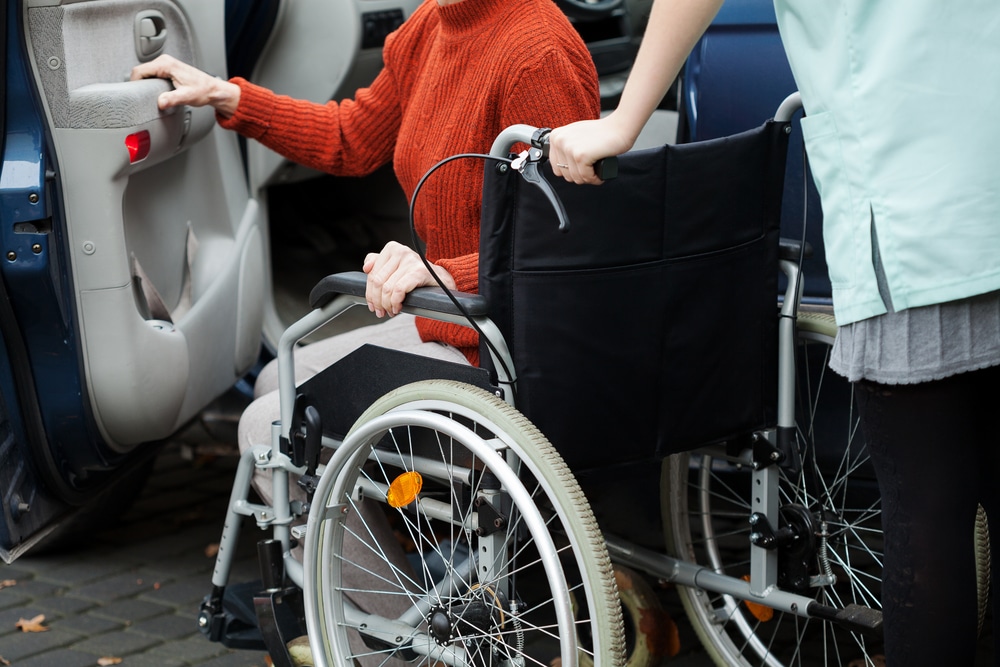Convenient Medical Transportation Options for Your Requirements
Convenient Medical Transportation Options for Your Requirements
Blog Article
Budget Friendly and Accessible Medical Transportation Options for Every Scenario
In the world of health care, the capacity to accessibility medical services is paramount, yet the difficulty of budget friendly and obtainable transportation can commonly prevent people from obtaining needed care. By discovering specific clinical transportation solutions, neighborhood transport programs, ride-sharing and taxi solutions, non-emergency medical transportation, as well as public transit and paratransit options, individuals can discover avenues that provide to their particular requirements and ensure they receive the care they need.
Specialized Medical Transportation Services
Specialized clinical transportation services play a vital function in guaranteeing safe and efficient transport for people requiring specialized care during transportation. These services cater to individuals with one-of-a-kind medical demands, such as those requiring continuous tracking, specific devices, or clinical treatments throughout transportation. By making use of particularly complete vehicles and qualified medical workers, specialized clinical transport solutions guarantee that patients obtain the required treatment while being delivered between health care facilities, homes, or various other places.
One key facet of specific clinical transport solutions is the focus on client convenience and safety. Clinical transportation teams are trained to take care of numerous clinical conditions and emergency situations that may develop during transit, providing a greater degree of care than conventional transportation alternatives. In addition, these services usually offer door-to-door support, decreasing the tension and pain that patients may experience during transfers.
Neighborhood Transportation Programs
Having actually addressed the crucial function of specific medical transport services in making certain secure and effective transport for people with special clinical requirements, the emphasis currently changes to checking out Area Transport Programs - medical transportation. These programs play an important role in offering inexpensive and obtainable transport solutions for the general populace, including senior citizens, individuals with impairments, and low-income family members that may face challenges in accessing conventional transportation choices
Community Transport Programs encompass a variety of solutions such as fixed-route buses, paratransit services, volunteer driver programs, and ridesharing initiatives. These programs are typically funded by neighborhood federal governments, charitable companies, or personal companies to make sure that individuals have reputable transport alternatives to reach medical consultations, food store, social activities, and various other essential destinations.
Ride-Sharing and Taxi Providers

Among the essential advantages of ride-sharing and taxi services is their access. These solutions operate 24/7, permitting individuals to travel to medical visits, drug stores, or medical facilities at any kind of time of the day. Additionally, ride-sharing and taxi solutions accommodate individuals with movement obstacles by offering wheelchair-accessible cars upon request.
Additionally, ride-sharing and taxi solutions can be particularly beneficial for people staying in areas with minimal mass transit alternatives. By connecting the void between home and health care facilities, these services play a vital duty in making certain that everyone has access to vital clinical services.
Non-Emergency Medical Transport

Non-Emergency Medical Transportation suppliers usually employ qualified workers who are experienced look here in helping individuals with varying medical requirements. By using door-to-door service, Non-Emergency Medical Transport enhances the overall ease of access of health care for individuals who may otherwise battle to attend essential medical appointments.
Public Transit and Paratransit Options
Public transit and paratransit options offer vital transportation services for individuals with differing movement needs, ensuring access to vital destinations such as medical facilities and appointments. Public transit systems, consisting of buses, trains, and trains, offer a cost-efficient and extensively available setting of transport for people seeking to get to medical visits. These services are particularly helpful for those that may not have accessibility to personal automobiles or call for help because of flexibility obstacles.
Paratransit solutions cater specifically to individuals with impairments that are unable to make use of traditional public transport. These services use door-to-door transportation, suiting people with mobility devices, walkers, or various other mobility help. Paratransit vehicles are geared up with features such as mobility device ramps and securement systems to guarantee the risk-free and comfortable transport of passengers with differing mobility needs.

Conclusion

Report this page